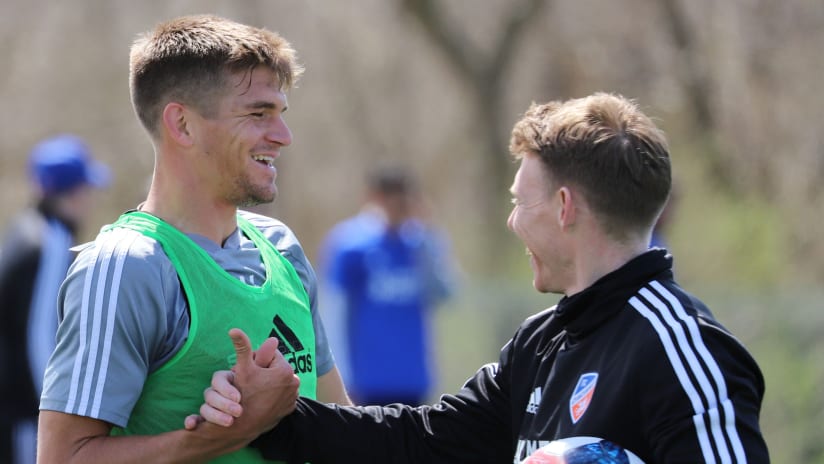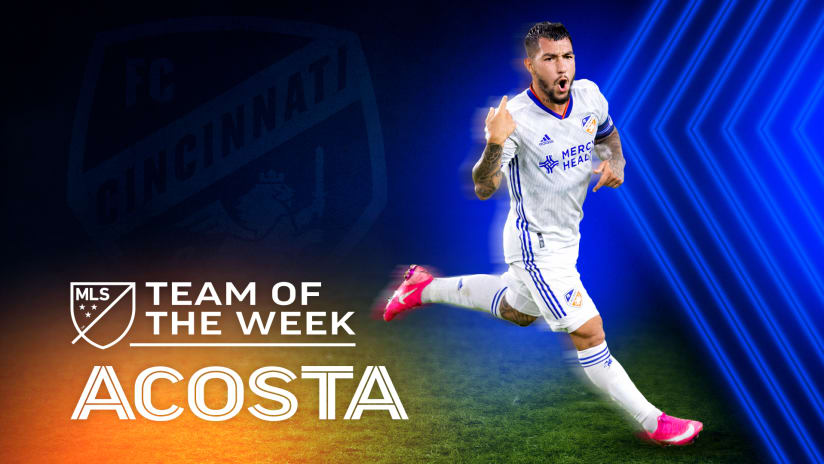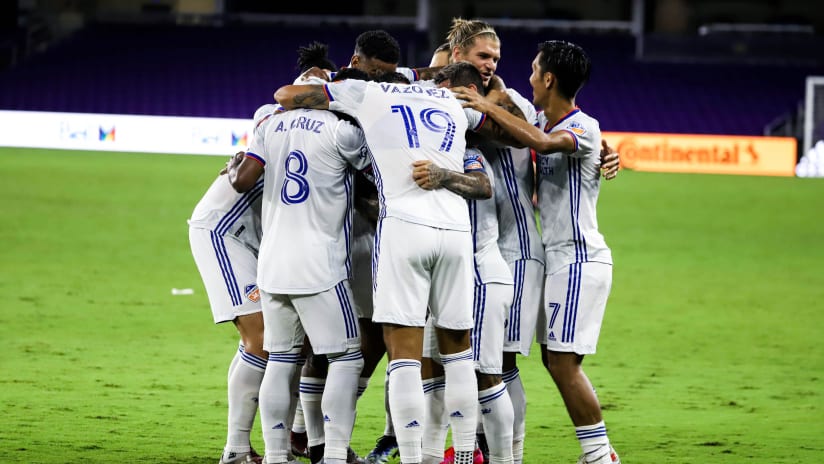When he worked at Manchester United, Gary Walker created offseason workout programs for players who sometimes only had three weeks off because of league play and international competitions. With little downtime, he usually prescribed rest.
It’s different at FC Cincinnati now that he’s the Director of Sports Performance for the Orange and Blue.
The club’s last match was on Oct. 6 and players started their offseason on Nov. 1. Because so much time has passed between then and their report day at Mercy Health Training Center next Saturday, Walker had to develop a months-long offseason program that included rest, recovery and fitness exercises to get players ready and healthy for the 2020 preseason.
“(We need) to have the players in good condition before we start the important work that happens with Ron (Jans), the coaches and the technical staff,” Walker said.
Creating programs that would last the entire offseason was the first obstacle. Others included individualized approaches to maximize time away from the team.
How the programs were created
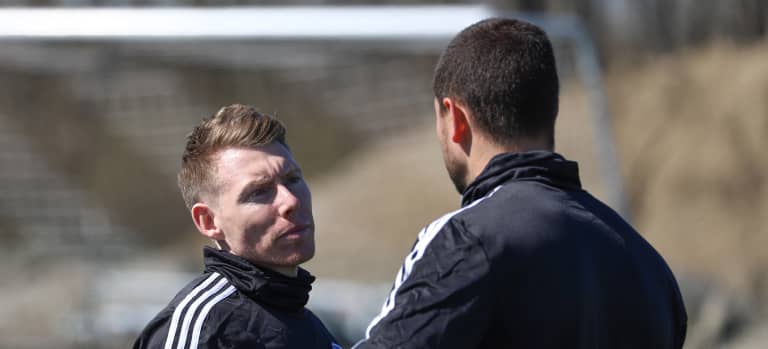
Walker and strength and conditioning coach Austin Berry began planning offseason training in August – roughly around Ron Jans’ appointment as coach.
After confirming the tactics Jans wants to use on the field, Walker and Berry needed to create individualized plans that would get players ready for preseason, but also fit enough to meet the demands of the club’s playing style.
With that in mind, in addition to medical records, strength results and data from every practice and game, workout plans were specialized to highlight individual player’s strengths while improving their weaknesses.
“They’ve all got their own strengths and weakness,” Walker said. “What we wanted to do is build upon their strengths because that’s what makes the players unique and makes them a higher-level talent. We also want to build on the weaknesses. They can be imbalances, asymmetry, or previous injuries that we’re looking to strengthen up.”
By dividing the offseason into three phases, he and Berry created a daily approach to get players ready for the upcoming preseason, which begins later next week.
The three phases of an FCC player’s offseason
The first phase was rest and recovery.
For players who carried minor injuries throughout the long regular season, the first weeks away from the club were designed with mental and physical rest. That meant replacing time with the ball for weeks enjoying friends and family.
“The biggest thing is they let the body recover,” Walker said.
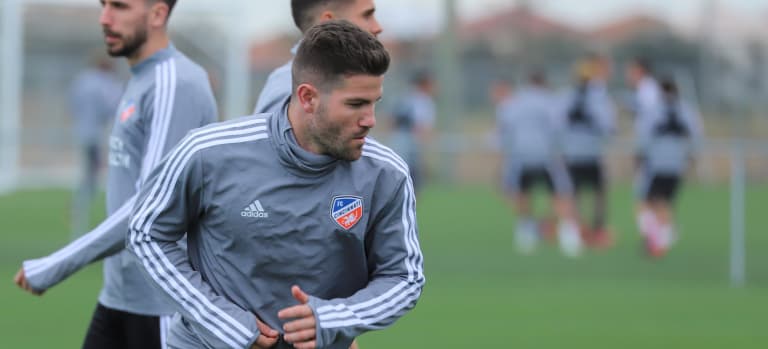
Once that phase ended, the next one lasted from Thanksgiving to Christmas, while the third one runs New Year’s Day until players report to the Mercy Health Training Center next Saturday.
The second phase focused on conditioning and getting the athletes back into shape, while the third phase was more specialized work on strengths and weaknesses.
“Each of the phases build upon each other,” Walker said. “We know preseason is generally tough. We just don’t want too much of a discrepancy of where the players are and what we’re asking them to do when they come back.”
Workouts during the regular season are designed around the team’s practice schedule and preparation for the upcoming match. As a result, while some sessions focus on strength, players spend most of practice on the ball during technical and tactical drills.
Offseason training creates time for growth in other areas.
For some players, they might spend the offseason trying to add muscle mass or overall strength. There’s also time to build on speed and agility. The goal: smaller details can lead to difference-making performances.
“You can really change from an athletic development perspective,” Walker said of offseason conditioning.
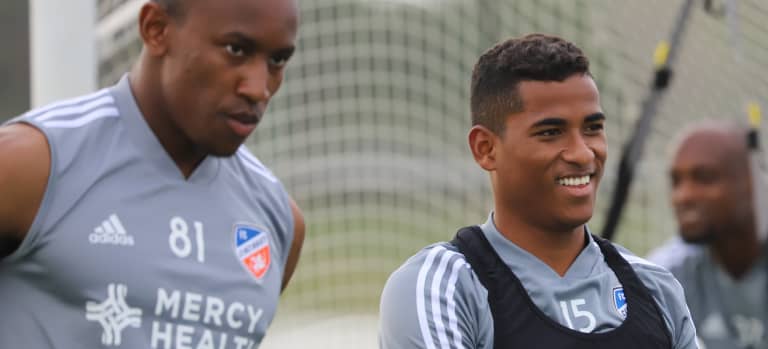
Preparing for unforeseen challenges
There were a few reasons for customized workouts.
It’s a logical approach for players who play in different positions that require different physical attributes. But it's also necessary for geographic reasons.
When players left MHTC for the offseason, they literally scattered the globe. While some stayed in the U.S., others went to Central and South America, Africa and Europe. Because the climates and conditions all varied, programs needed to as well.
For example, if a workout involved full-field sprints, but there wasn’t enough space where a player was living, how could that workout adjust to running on a treadmill?
By talking to each player about their offseason plans before they left, Walker and Berry worked with everyone to create the right conditioning programs that fit everyone’s schedule and coordinates.
In addition, they also discussed the best ways to transmit the plans, opting for workout guides on phones and tablets rather than an “old school” pen and paper approach.
Why all of this matters
“My aim is to make sure the players are physically capable of executing the technical and tactical requirements of the head coach,” Walker said.
With Jans looking to implement a more possession-based style with a defensive high press, players will need more stamina and higher fitness levels than if the team sat back in a low block and created counter attacks.
While it’s important for players to understand the instructions of the coaching staff, it’s equally as important that they can physically meet those expectations.
With Walker and Berry creating these offseason programs, players should be fully fit for preseason the moment they arrive back at MHTC.
That’s when the important work begins.

